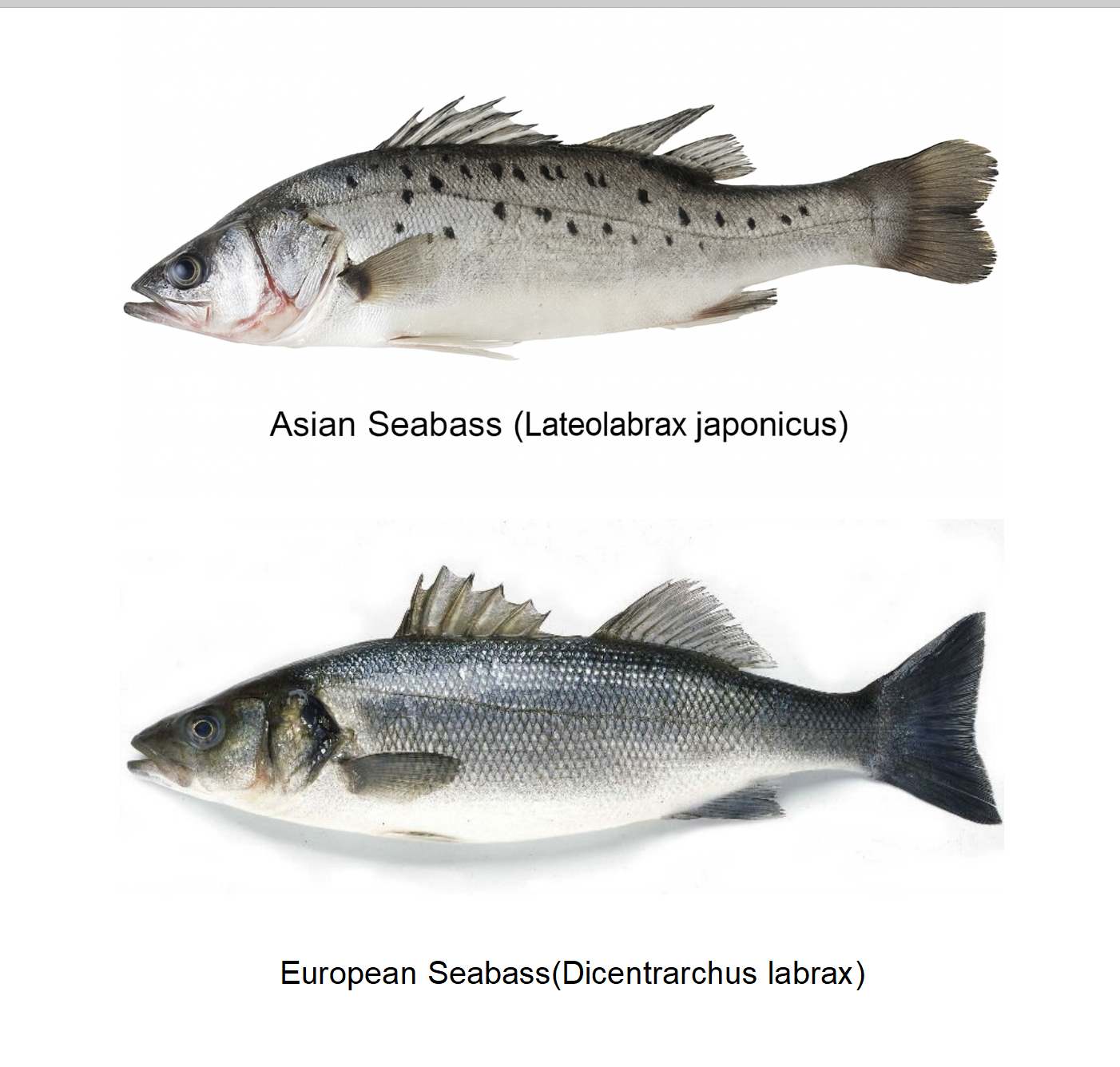Mastering the Processing of Butterflied Fish: Workflow & Critical Control Points
Butterflied fish—also known as “open-back fish”—is a processing technique where the fish is split from the back, with bones carefully separated from the flesh. This allows faster marination and efficient cooking, making it an ideal choice for grilled dishes and other restaurant applications.
As modern consumers demand food safety and shorter serving times, restaurants increasingly choose semi-processed butterflied fish: products that require only thawing before cooking, cutting kitchen prep time and ensuring consistent quality.
Producing premium butterflied fish requires strict attention to every stage of processing. Any lapse—from raw material handling to freezing—can affect texture, appearance, flavor, and shelf life. Below is the complete processing workflow and critical control points, offering guidance for processors, buyers, and consumers.

Processing Flow
Raw Fish Reception → Slaughter & Bleeding → Descaling → Butterflying → GGS Cleaning (Gilled, Gutted & Scaled) → Marination → Tray Placement & Quick Freezing → Weighing & Packing → Cold Storage & Transport
1️⃣ Raw Fish Reception
At CHF Seafood (Zhuhai Chenghuifeng Agricultural Science & Technology Co., Ltd.), we carefully select live fish for butterflying, including Asian seabass, barramundi, red drum fish, channel catfish, snakehead fish, tilapia, red tilapia, brown croaker, and grass carp.
Our own aquaculture farms rear seabass, barramundi, red drum fish, and tilapia, while additional live fish come from audited partners. We review feed, medication logs, and farming records, and conduct residue testing to guarantee healthy, contamination-free raw material.
Upon arrival, fish are inspected thoroughly. Batches with excessive dead or diseased fish—or abnormal internal bleeding—are rejected to ensure only fresh, healthy fish enter production.
2️⃣ Slaughter & Bleeding
After washing, fish are humanely slaughtered and rinsed with running water to remove blood and impurities. Water temperature is kept between 15–18 °C, and bleeding lasts about 30 minutes. Prepared fish must move quickly to the next step and cannot remain in the bleeding tank for extended periods. Temporary storage uses crushed ice but never overnight.
3️⃣ Descaling
For scaly species (e.g., grass carp), a descaling machine removes all scales, including those around the belly, tail, and fins. Skin integrity must remain intact.
4️⃣ Butterflying & Spine Cutting
Cleaned fish enter the butterflying machine, which splits them along the back without cutting the flesh. The backbone is then carefully cut and folded open (“reverse-bone”), giving the fish a neat butterfly presentation that cooks evenly and absorbs seasoning well.
5️⃣ GGS Cleaning (Gilled, Gutted & Scaled)
After butterflying, the fish are GILLED, GUTTED & SCALED (GGS). Workers remove the gills and viscera and brush away the dark belly membrane and any debris, leaving the fish clean and odor-free.
6️⃣ Marination (or Non-Marinated Option)
Cleaned fish are tumbled with 2% salt and a custom seasoning solution for 15–20 minutes, then soaked in stainless steel vats for two hours. The fish-to-brine ratio is 1.75 : 1, and temperature is kept at 8 ± 2 °C. Samples are tested for aroma, salinity, and texture.
For the China domestic market, products are typically marinated (including wine-infused, salty, or customized flavors). For international buyers, we also supply non-marinated butterflied fish.
7️⃣ Tray Placement & Quick Freezing
Marinated fish are vacuum-packed belly-down, backbone flat, placed on trays, and quick-frozen at –40 °C. This rapid freezing locks in freshness, prevents microbial growth, and preserves nutrients.
8️⃣ Weighing & Packing
Frozen fish are graded by weight and packed as requested (vacuum packs, IVP/IWP). Finished products must leave the packing room within 30 minutes (summer) or 1 hour (winter) to maintain quality.
9️⃣ Cold Storage & Transport
Products are stored below –18 °C using FIFO (First In, First Out). Warehouse and logistics teams coordinate to prevent thawing during loading and shipment, guaranteeing consistent quality from CHF Seafood Zhuhai to your kitchen.
Why Quality Butterflied Fish Matters
Each processing step—from bleeding to GGS cleaning, marination, freezing, and packing—affects flavor, texture, and shelf life. Buyers can assess product quality by checking:
-
Is the blood fully removed?
-
Is the belly membrane clean?
-
Does the flesh have a fresh aroma and balanced seasoning?
Attention to these details ensures the fish meets high standards of safety and taste.
About CHF Seafood

CHF Seafood (Zhuhai Chenghuifeng Agricultural Science & Technology Co., Ltd.) is a leading HACCP-certified seafood processor and exporter, specializing in farm-raised fish such as Asian seabass (Lateolabrax japonicus), barramundi, red drum fish, tilapia, red tilapia, snakehead fish, brown croaker, and more.
We provide premium butterflied seabass, marinated barramundi fillets, GGS fish, frozen red drum, and other value-added seafood to customers worldwide. Our facility is BAP- and ISO-certified, ensuring reliable quality and professional service.
📧 Email: chloe@chfseafood.com
📱 WhatsApp: +86 13727050518
🌐 Website: www.chfseafood.com





